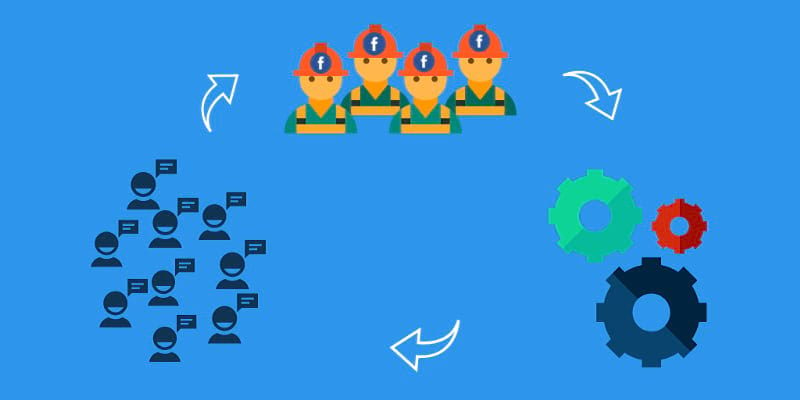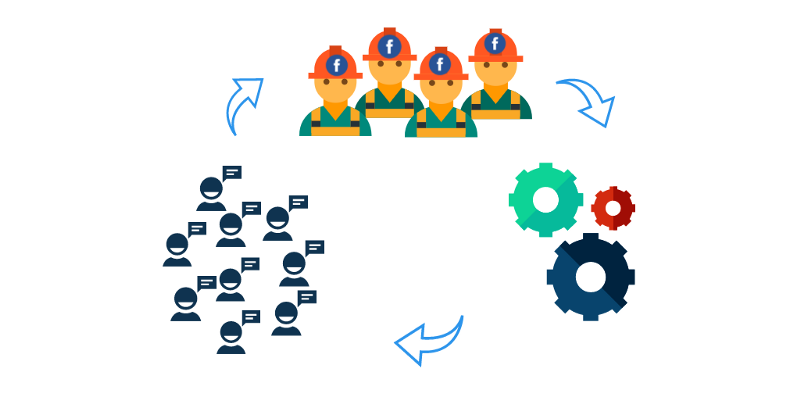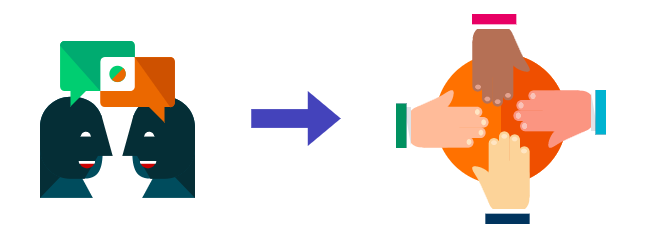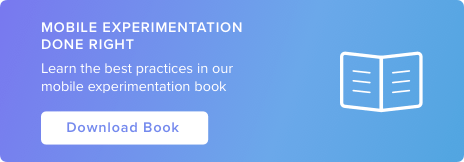How Facebook Improves Customer Experiences with User Feedback

Mike Shaver, former Director of Engineering at Facebook, shares how the tech giant guides product decisions with user feedback.
When it comes to user feedback, Facebook is challenged with the opportunity of scale; there are literally billions of people who interact with the product whose session data can teach designers how user behaviour is changing.

Regardless of how many users your product has, each and every one of them have feedback about what they love and would like to change about their experience inside the product.
Mike Shaver, the former director of engineering, shared with us two techniques that Facebook uses to seek and implement design feedback to guide its product development and improve the customer experience.
1. Identify Ambient Sources of User Feedback
As you scale, it’s important to always be finding ways to turn unstructured data into an actionable input to your product development process. Spending time to think about what valuable data you could try to hunt down will contribute to better product design decisions in the long run.

For example, there are over 1800 reviews for Facebook in the App Store alone, indicating that it’s a rich resource for user feedback. However, the star review system can’t be completely trusted. Mike says that it’s common to see someone accompany a glowing review with one star because it would expose the review to a bigger audience. Not only that, but looking at just numeric star ratings won’t give you actionable feedback.
Scraping the App Store and Google Play Store for review feedback is a worthwhile activity to help you get detailed feedback. Running through clustering algorithms, to see for example that most people were worried about photo performance, sends a concrete signal to product teams.
Using these signals, your team can build a global list of requests that will help them prioritize work. Understanding which problems are affecting 30M vs 5M people will make sure your team is focusing their time on the projects that will have the biggest impact.
2. Experiment to Understand Tradeoffs and Align Choices with the Product Goal
Every design change makes something better and something worse, so experimenting will help you identify what trade-offs you are making. To implement feedback from experiments, Facebook uses their systematic approach to data and metrics to inform decisions. The key to the experimentation process is how you start it:
“You must frame experiments as questions, not assertions.”
Instead of entering your test stating that “making Messenger into its own app will increase messaging frequency”, approach it by asking “will making Messenger into its own app increase messaging frequency?” Framing it like that will make your team more likely, to be honest about the results and feel safe discussing them without hedging.

Mike also stresses that experimentation is only valuable if the information you learned from it affects future behaviour. Once an experiment is conducted, the outcome needs to be disseminated to the rest of the team so they can take it into consideration as they run more experiments and create new products and features in the future.
“Products like Taplytics where you can run a test, learn an answer, and decide whether you want to keep your product in that state or not are super valuable”
You don’t need to be as big as Facebook to seek user feedback in as many forms as possible. Embrace scale as a challenge and opportunity to improve your customer experience by creating a product that satisfies your users’ needs and puts their feedback into consideration.

Thanks to Mike for sharing his insights will us earlier this month at our #DigitalGrowthTO event! Follow him on Twitter: @shaver
Want to Learn More?
We’d love to help you understand more about implementing user feedback to create a better product. Can we send you an email with some helpful content?
Taplytics is a customer engagement platform for digital product growth, enabling brands like RBC, Ticketmaster and Chick-fil-A to deliver compelling experiences that drive customer value and positive business impact.

